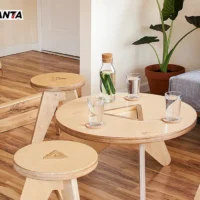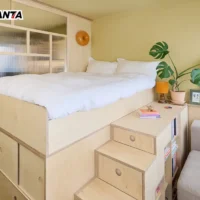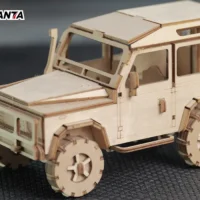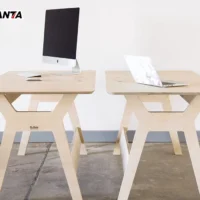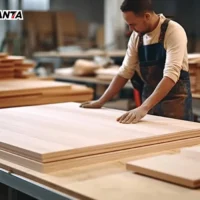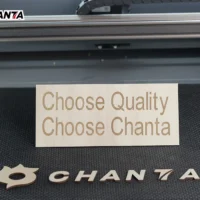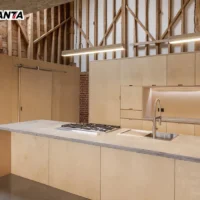Table of contents
What Is Shuttering Film Faced Plywood?
Shuttering film faced plywood is a durable and water-resistant plywood used mainly in the construction industry for concrete formwork. Manufacturers apply a phenolic film overlay to the surface, which protects the plywood from moisture and abrasion. Builders rely on this type of plywood to create smooth, reusable molds that shape poured concrete. Its strong structure and water-resistant glue ensure the panel remains intact even after several uses.
Why Builders Prefer Film Faced Shuttering Panels
Contractors choose shuttering film faced plywood because it performs well in harsh construction environments. It doesn’t swell or warp when exposed to wet conditions. The smooth surface also prevents concrete from sticking, making removal faster and easier. Many professionals appreciate the cost-effectiveness, as high-quality shuttering plywood can be reused up to 10 or more times when properly maintained.
Common Applications in Construction
Shuttering film faced plywood fits a wide range of uses beyond just forming concrete walls or slabs. Builders also use it in:
- Slab and beam formwork systems
- Vertical columns and retaining walls
- Bridge structures and civil engineering projects
- Temporary roadbeds and staging platforms
- Scaffolding and support surfaces
Because it resists damage from moisture and pressure, it holds up well across different job sites.
Key Features to Look For
Not all shuttering plywood is equal. To ensure better performance, look for these features:
- Phenolic film coating: Creates a hard, glossy surface that resists water and abrasion
- WBP or melamine glue: Offers strong bonding under high humidity
- Hardwood or birch core: Improves the panel’s strength and durability
- Smooth edges: Sealed with waterproof paint to reduce water absorption
How to Extend Its Lifespan
Proper care can extend the number of uses per sheet. Always clean the panels after use, avoid dropping or striking them, and store them flat in a dry location. Before each use, check for cracks or surface damage, and apply form release oil for easier stripping after concrete cures.
Shuttering Film Faced Plywood vs Marine Plywood
Many confuse these two products. Marine plywood resists water well, but it’s not coated with a film surface. Shuttering plywood has the upper hand in concrete applications because of its smooth finish and reusability. While marine plywood works for boat building and wet interior areas, shuttering plywood clearly dominates in construction.
Choosing the Right Thickness
Construction professionals often use 18mm shuttering plywood because of its strength. Thinner boards like 12mm or 15mm may flex under heavy loads. Thicker sheets, such as 21mm, suit large-scale infrastructure projects where extra support matters.
Conclusion: Invest in Reliable Shuttering Film Faced Plywood
Shuttering film faced plywood plays a critical role in modern construction. It saves time, cuts costs, and offers reliable performance in tough conditions. Whether you’re pouring slabs or forming walls, this plywood supports your structure without compromising on quality. When sourced from a trusted supplier, you’ll get a product that handles multiple pours and delivers consistent results every time.









